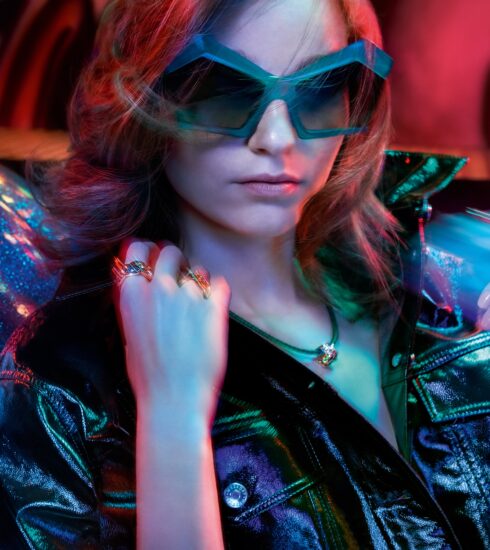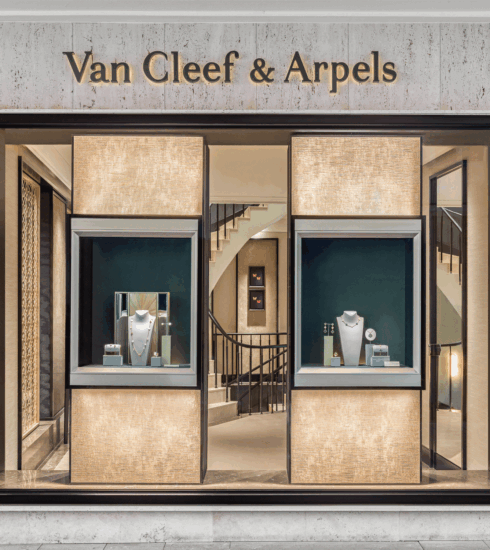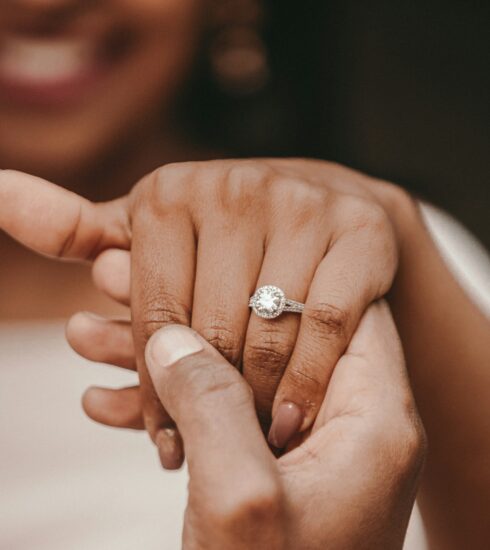Gemstone of the month April: The diamond
Gemstone of the month April: The diamond
The birthstone for April is the diamond. Arguably the most popular classic gemstone, it has a lot to tell. We'll summarize what makes it so special.
Left: Diamond jewelry from the “Giardini Segreti” collection by Pasquale Bruni.
Birthstones: The basis for personalized jewelry
Birthstones are truly amazing. Each month of the year is assigned a gemstone—and sometimes even several. This provides a foundation for personalized jewelry that speaks to its owners and allows for a deeper, more emotional connection. It's no wonder, then, that birthstones are often used as the centerpiece of an engagement ring.
Most recently we had about aquamarine, the birthstone of those born in March reported. This month, April, it's the diamond. You might almost think that's a bit boring, since the diamond is practically the king of gemstones and definitely a star not just in April, but all year round. If anything, it's other gemstones that are combined with the diamond, not the other way around. So, embellishing a diamond with even more diamond? Absolutely! The stone is extremely versatile and comes in several colors. In this article, we'll explore some of its many fascinating facets.

The diamond – a precious gift from the earth
What makes diamonds so special is the fact that they were formed millions of years ago under great pressure and deep within the Earth. Like every other natural gemstone, they are a fragment of our Earth's history. A crystal-like snapshot of a chemical event in which all the stars were aligned—each with its own unique fingerprint and character.
This special gift of the earth was first discovered by humans because diamonds were washed up on the banks of rivers and streams. From 400 BC, we learned to value diamonds – they were traded, as the gemstones were already popular among the nobility and wealthy individuals. By the 14th century at the latest, diamonds had also become popular jewelry among the European nobility.
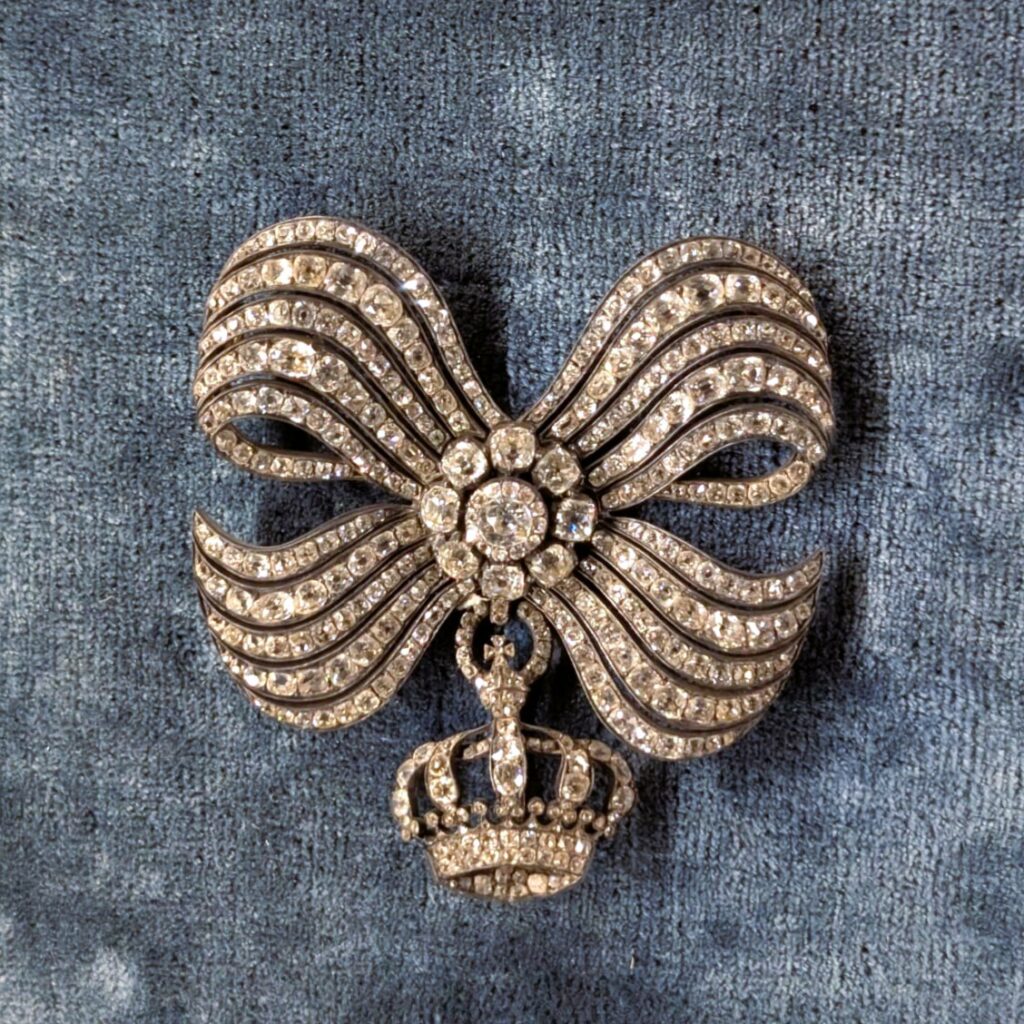
Most diamonds at that time came from India. India still plays a major role in diamond mining and refining today. In the 18th century, Brazil also established itself as a source of diamonds, where they were also first discovered in the gravel on the banks of the Jequitinhonha River in the state of Minas Gerais. Brazil then dominated the diamond market for 150 years.
When diamonds were discovered near Kimberley, South Africa, in the late 1860s, it marked the beginning of the modern diamond market. The famous De Beers name was established in 1888 – since 1990, De Beers has dominated an estimated 90 percent of the global uncut diamond market.
The significant diamond discoveries in Botswana, Africa, also fueled an economic boom. Today, approximately 40 percent of the world's rough diamond reserves are sorted and valued in Botswana.
The diamond as a symbol of eternity
Diamonds are considered a symbol of eternity, not only because they are millions of years old—the oldest diamond finds from Canada date back 3.5 million years—but also because the material is incredibly hard. The diamond actually gets its name from the Greek word "adamas," which means "unbreakable."
A real diamond doesn't scratch, making it a perfect gemstone for engagement rings, which are worn all day. They are considered a symbol of love, because when proposing, one naturally wishes for their love to last forever.
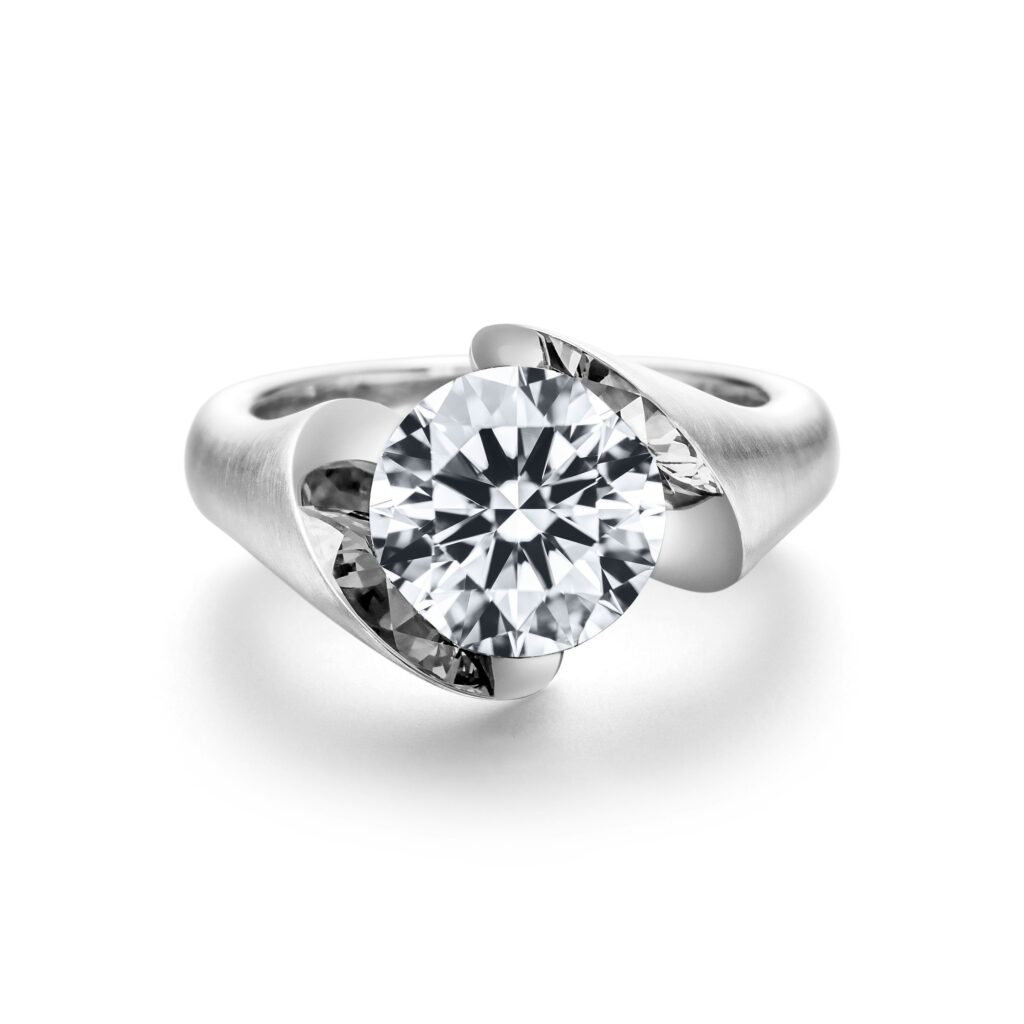

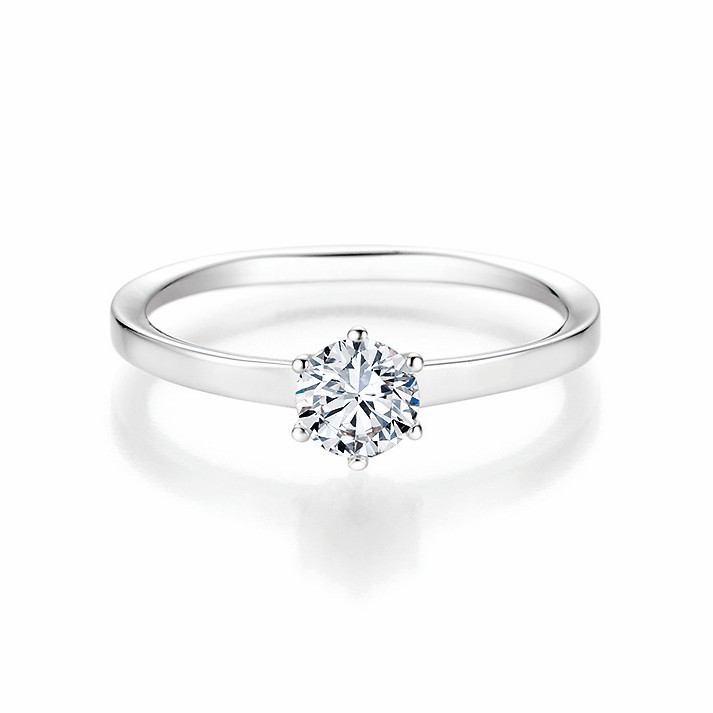
The 60th wedding anniversary is called a "diamond wedding" because, after such a long time, the highest level of permanence has been reached. The couple has essentially been married "forever."
Anything but colorless: Diamonds in fancy colors
Typically, the first thing that comes to mind when thinking about diamonds is white. Not only as a solitaire on an engagement ring, but also in a group or pavé setting, they unfold their full effect when the light refracts through their many facets, enchanting us with the sight. Those with a particularly clear color and high clarity without inclusions are the rarest and most coveted.
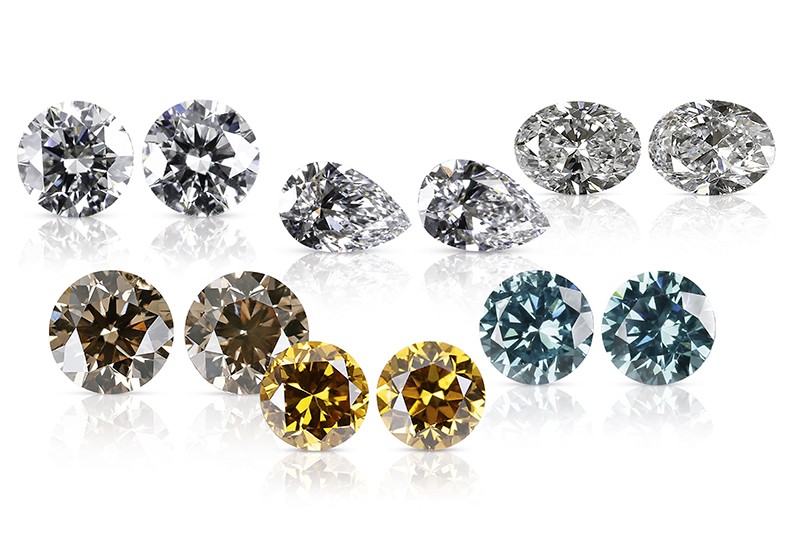
But diamonds can do even more: They come in so-called “fancy colors,” in shades of all kinds, from brown, orange and yellow to green, pink and blue – but also in black.
These colored diamonds are even rarer and more sought-after. The colors arise from the inclusion of various chemical elements, which – as with colored gemstones – create their distinctive appearance. This takes the idea of a unique chemical event in world history to the extreme. The diamond has encapsulated the collision of these elements within its carbon body.
A special diamond specimen, the "Mediterranean Blue," will soon be auctioned in Geneva. We've summarized what makes the stone special and how it acquired its blue color in an article.
Mediterranean Blue: Exclusive diamond to be auctioned at Sotheby's
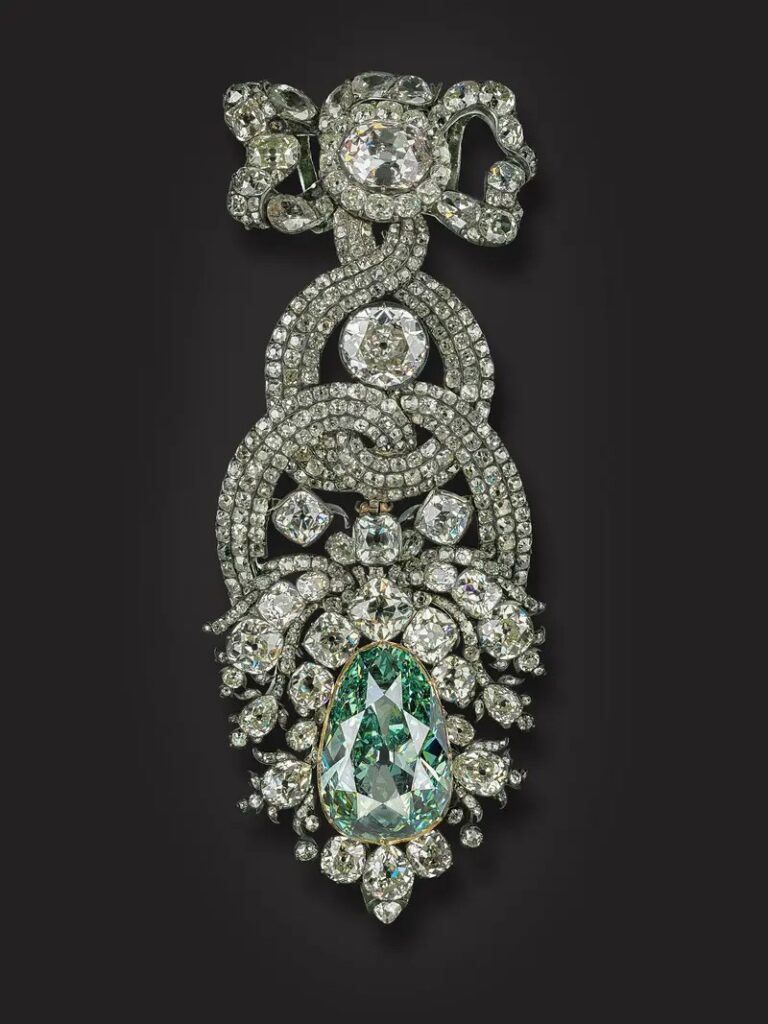
A famous green diamond, the "Dresden Green," is housed in the Green Vault in Dresden. The gemstone acquired its color from exposure to radioactive radiation during its formation. At 41 carats, it is the largest cut diamond of this color. The diamond likely originated in India. Augustus III, Duke and Elector of Saxony, acquired it in 1742. Augustus III had the green gemstone incorporated into an order as a "house diamond." His grandson, Frederick Augustus III, had the order broken up and incorporated into a hat clasp. There, the green diamond is surrounded by 413 white diamonds, one weighing 6.3 carats and another 19.3 carats.
Fun facts about diamonds
The largest diamond ever found weighed 3.016 carats – equivalent to 621 grams. It was discovered in the Premier Mine in South Africa. It became the famous Cullinan I diamond, cut into a 503-carat pear shape and now adorning the royal scepter of the British Crown Jewels.
The first historically documented diamond engagement ring was given to Mary of Burgundy by Archduke Maximilian I of Austria in 1477. The diamonds in the ring formed an M—of course, symbolizing her first name.

In different eras and cultures, diamonds were attributed special properties – among other things, that they were supposed to protect against the evil eye and the plague and that they were supposed to promote the happiness, contentment, longevity and beauty of their wearer.
Diamonds can now also be grown in the lab. We'll cover this topic in a separate article, where we'll explore the differences, properties, and value of natural and synthetic diamonds.
Sources: Gemmological Institute of America (GIA), Green Vault, Sotheby's




